It’s no great secret that The Legend of Zelda has been instrumental in Nintendo’s success for several decades now. Super Mario might be slightly more recognizable, and with a more widespread cultural impact, but The Legend of Zelda has consistently exhibited some of the most impressive and experimental creative steps by the company, keeping it at the forefront of innovation in the games industry.
And creativity truly is the most prominent and consistent theme in The Legend of Zelda. Ever since its first entry on NES, Zelda has proven to be massively influential, thrusting the adventure genre forward and eventually helping it adapt to burgeoning 3D graphics with Ocarina of Time. Even as Nintendo stopped spearheading advanced gaming technology, falling behind the raw power of Xbox and PlayStation, Zelda still managed to stand out from the crowd, with entries like Twilight Princess and Skyward Sword making clever use of proprietary motion controls as their central design conceit. This particular creative trend has lingered in the series, still showing up in its 3D releases to this day, and the Nintendo Switch 2 is unlikely to move away from it.
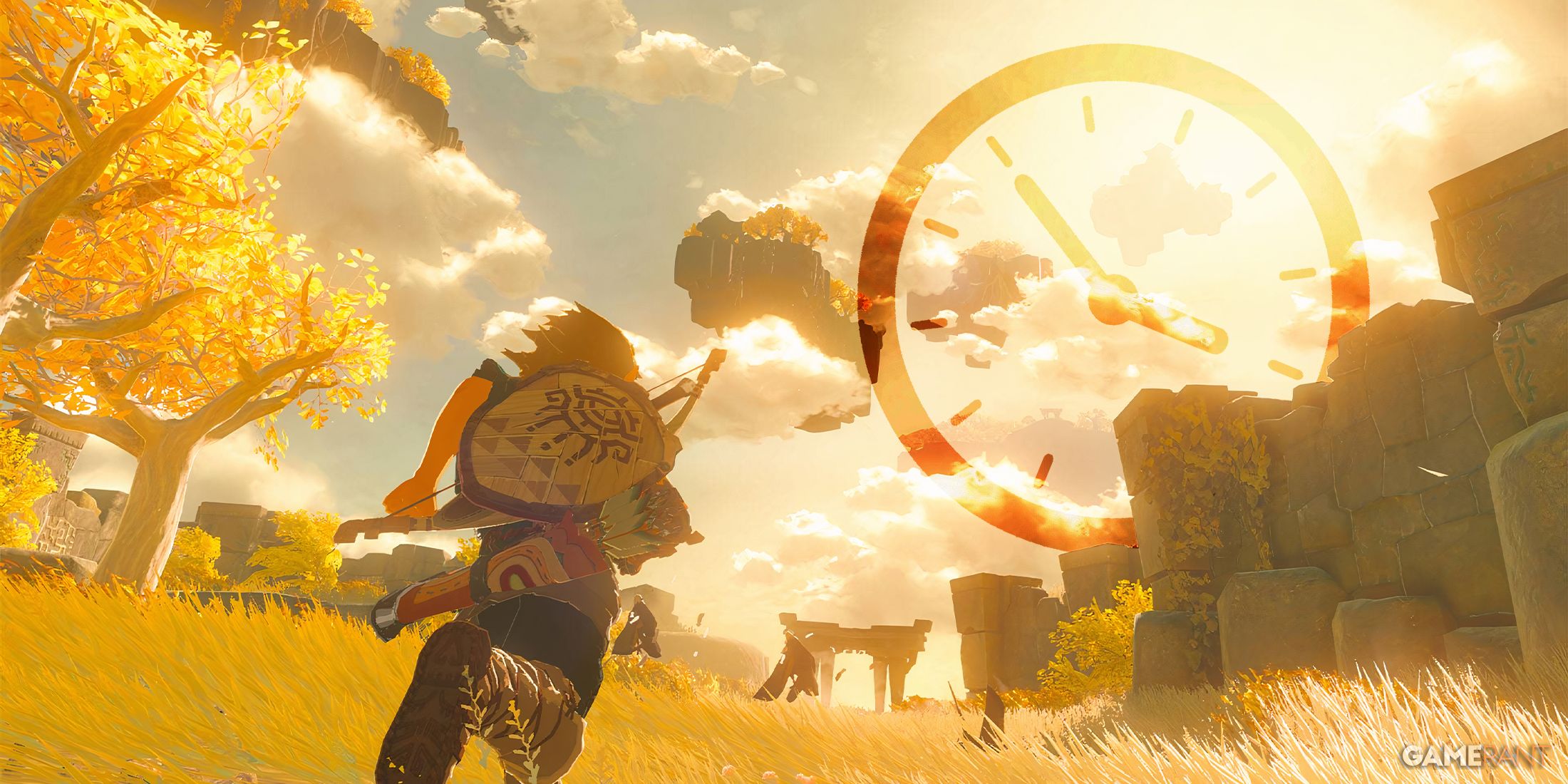
Related
How The Legend of Zelda’s Open-World Turn Could Make the Most of the Franchise’s Love of Time Travel
Considering The Legend of Zelda’s love for time travel and its turn to an open-world format, it should implement some classic time-travel mechanics.
Motion Controls Could Still Play a Role in Nintendo Switch 2 Zelda Games
The Nintendo Switch 2 Will More Than Likely Retain Motion Controls
Motion controls have been one of the Switch’s more overlooked features, but they are about as prominent on the device as they were on the Wii U. Both the Joy-Cons and the Pro Controller (alongside its third-party, licensed alternatives) feature gyroscopic motion controls, which can be likened to the rudimentary motion controls of most contemporary smartphones. They are almost never central elements of modern Nintendo games, at least not when compared to their implementation in Wii exclusives, but they often play a role in first-party releases like Super Mario Odyssey, where they can be used to perform specific actions. In the case of Breath of the Wild and Tears of the Kingdom, motion controls are featured as an optional aiming setting, and mattered in certain puzzles.
With the Switch 2 being fully backwards compatible with the original Switch, carrying over these motion controls will be more or less essential. Again, such controls are far from the central mechanic that they were during the Wii era, but the fact that the potential for these controls will continue to exist means that the door will always be open for them to be implemented in future titles. Because every 3D Zelda since Twilight Princess‘ Wii port, including the Hyrule Warriors spin-off, has featured some sort of motion control implementation, there’s definitely reason to believe it will rear its head in the series’ next 3D outing as well.
What Motion Controls May Look Like in Future 3D Zelda Games
Despite their ubiquity during the Wii era, motion controls can be something of a contentious subject in gaming, with many arguing that they are a gimmick that distracts from the experience, rather than enriching it. This is a fair argument, especially on a console like the Switch or Switch 2, neither of which are being sold on the back of their motion control systems, like the Wii was. At the same time, if they are unobtrusive, they can offer a nice bit of variety without being forced upon players who aren’t interested in them.
This is what has been seen in BOTW and TOTK, so perhaps Zelda games on the Switch 2 will reflect this trend. Having a “motion control mode,” wherein actions like aiming or swinging Link’s sword can connect to real-world movements, might be a nice touch, especially if it’s optional. Alternatively, motion controls could be relegated to side content, making them a tool for completionists rather than the average player, who may only be invested in the main campaign.
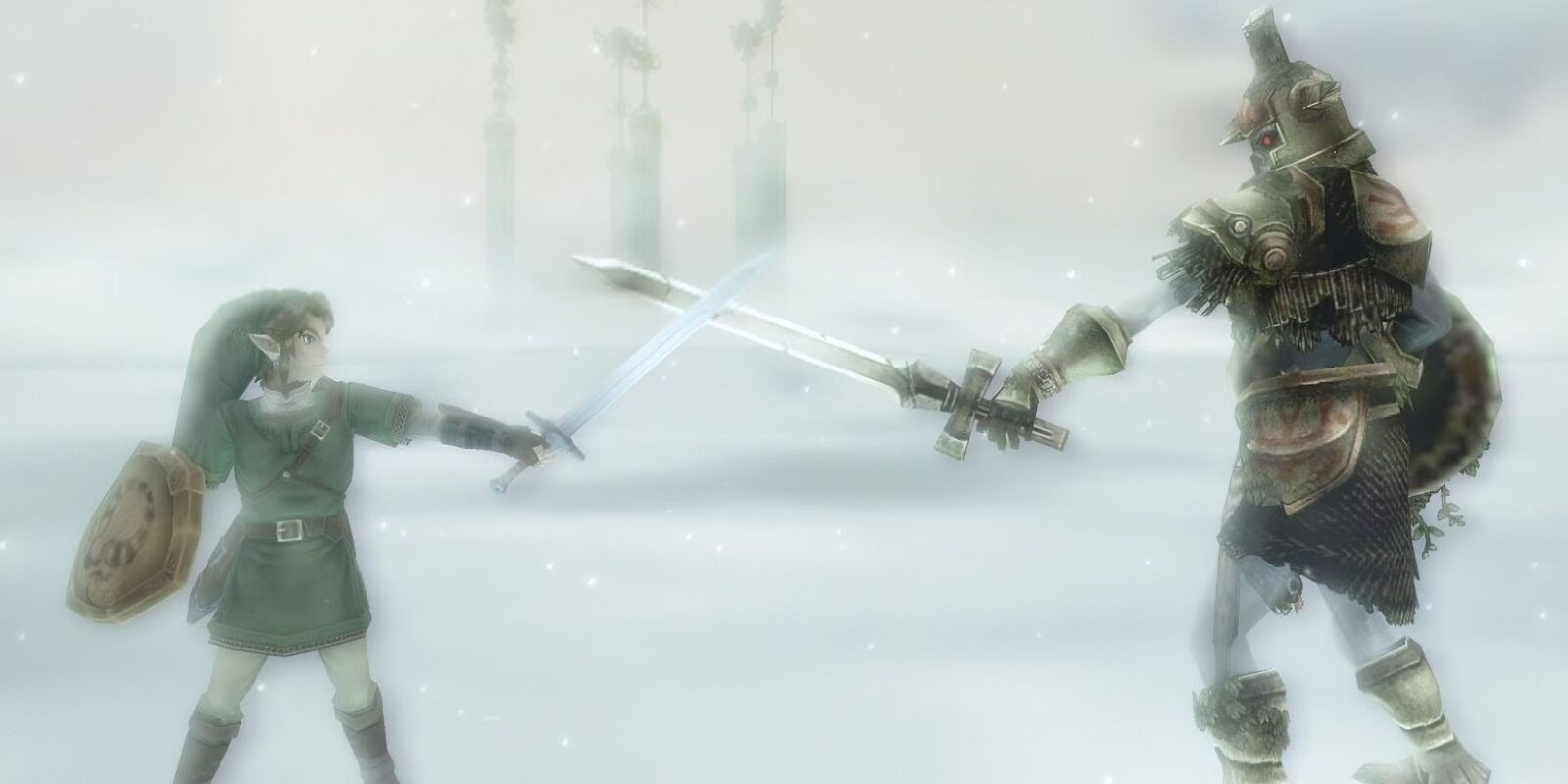
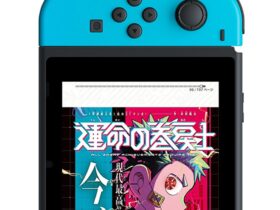
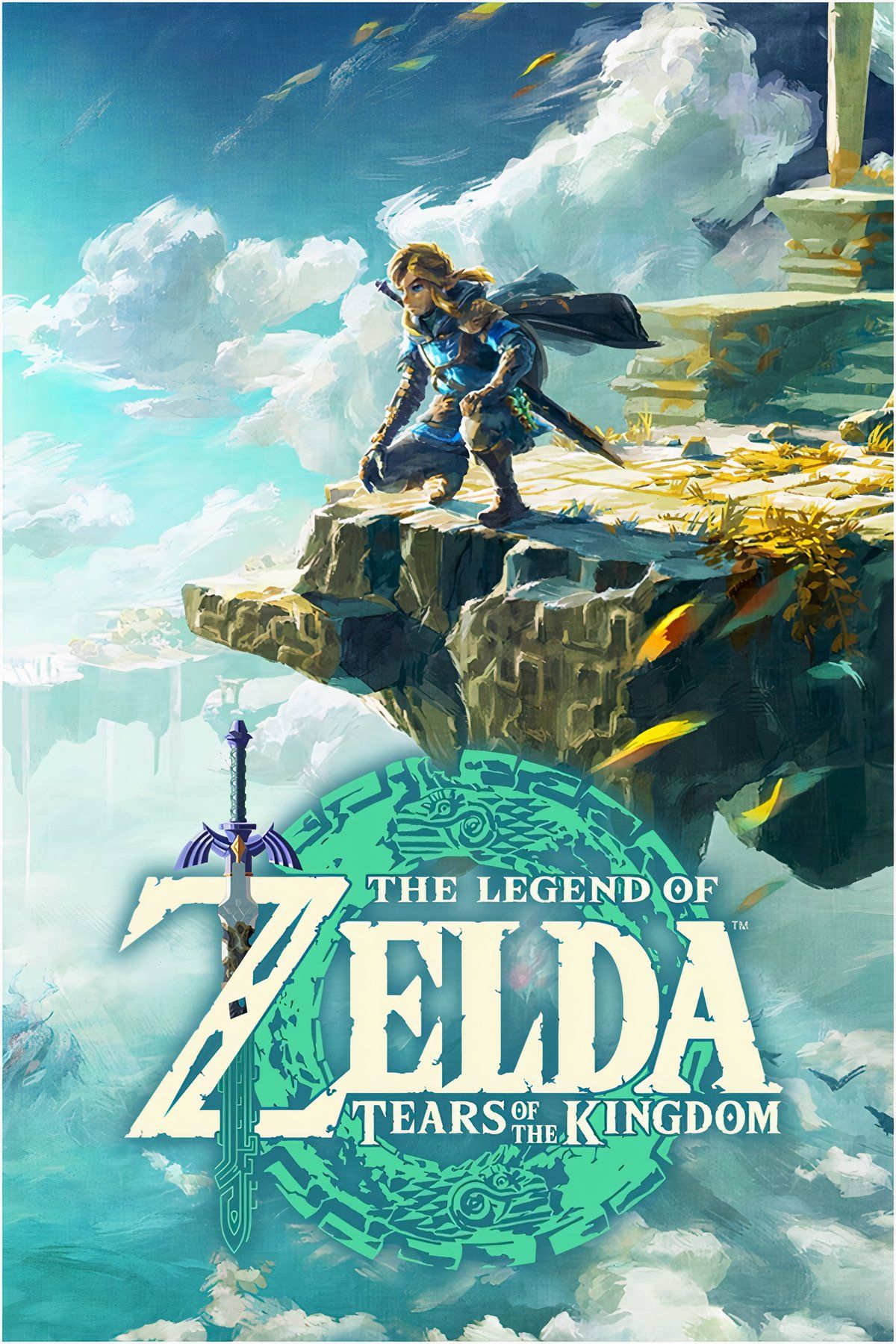
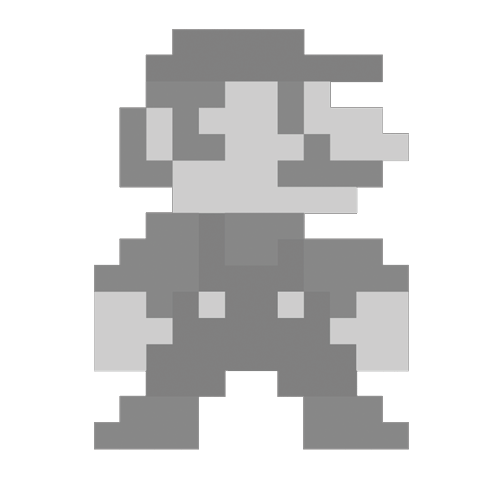
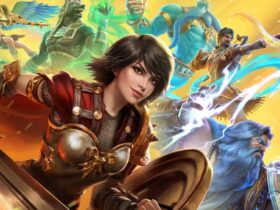
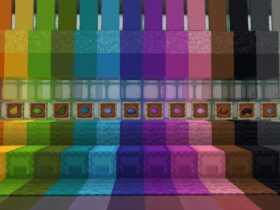
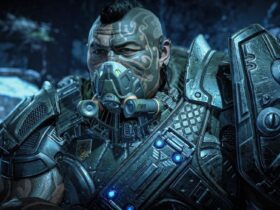
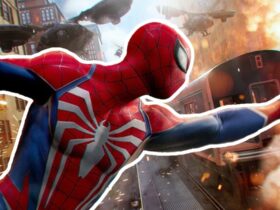
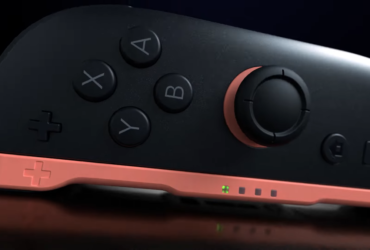
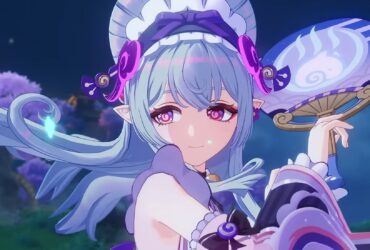
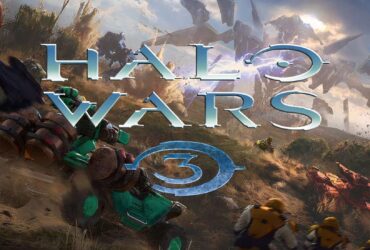
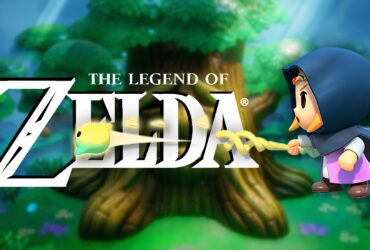
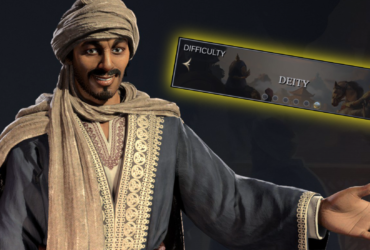
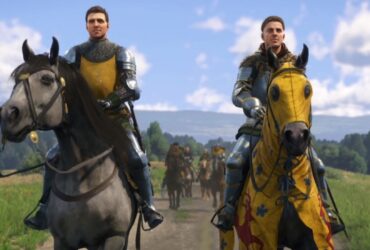
Leave a Reply